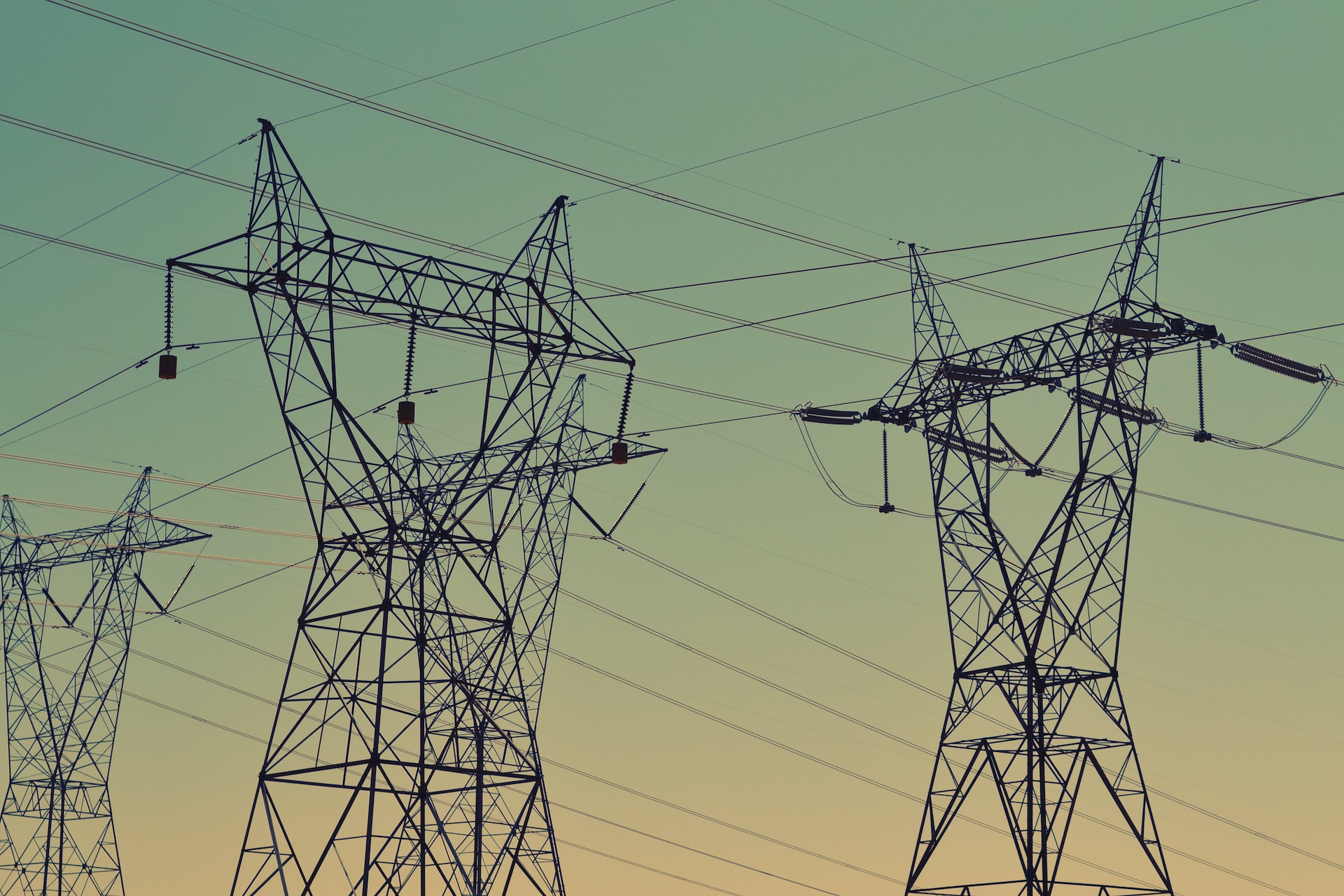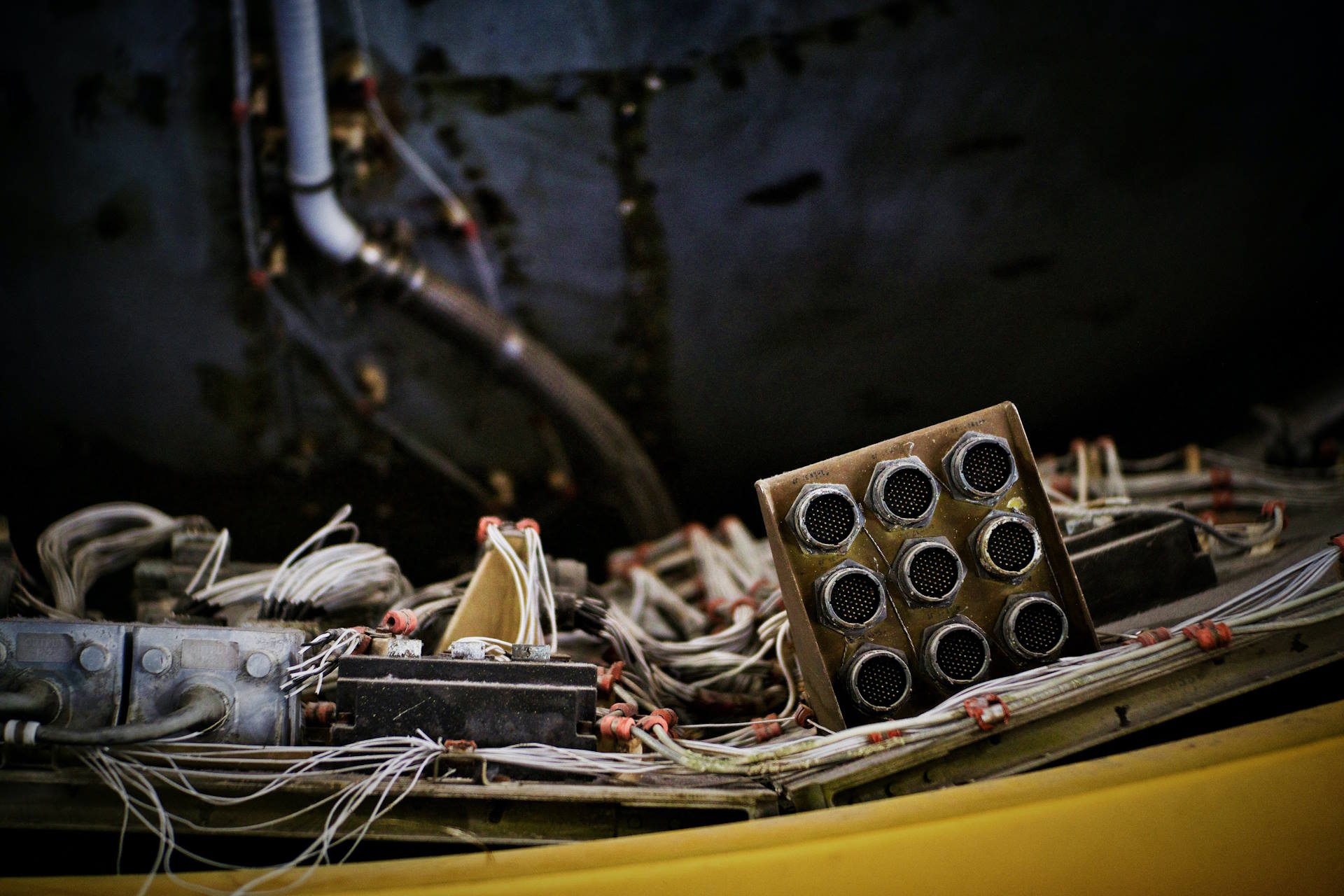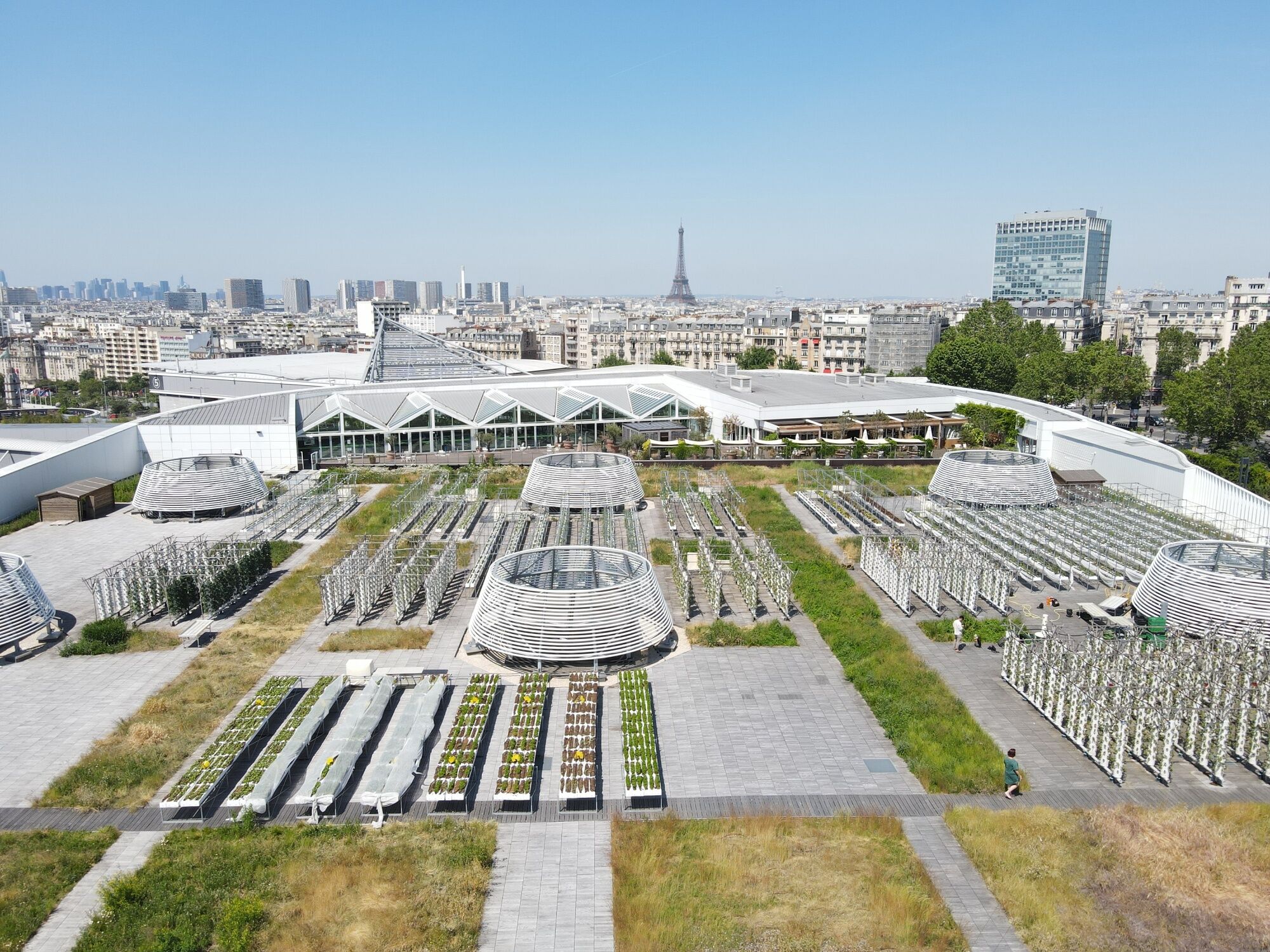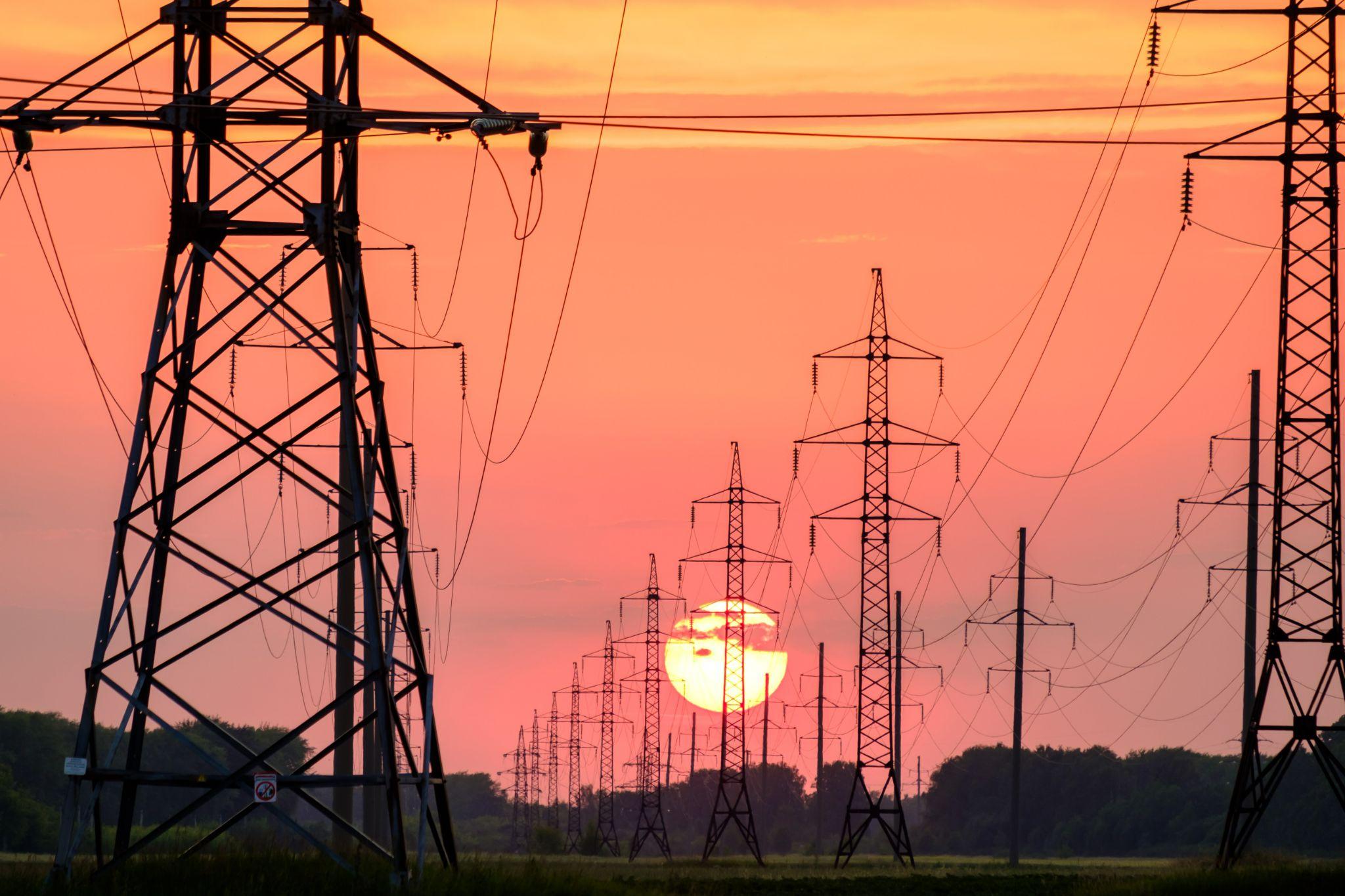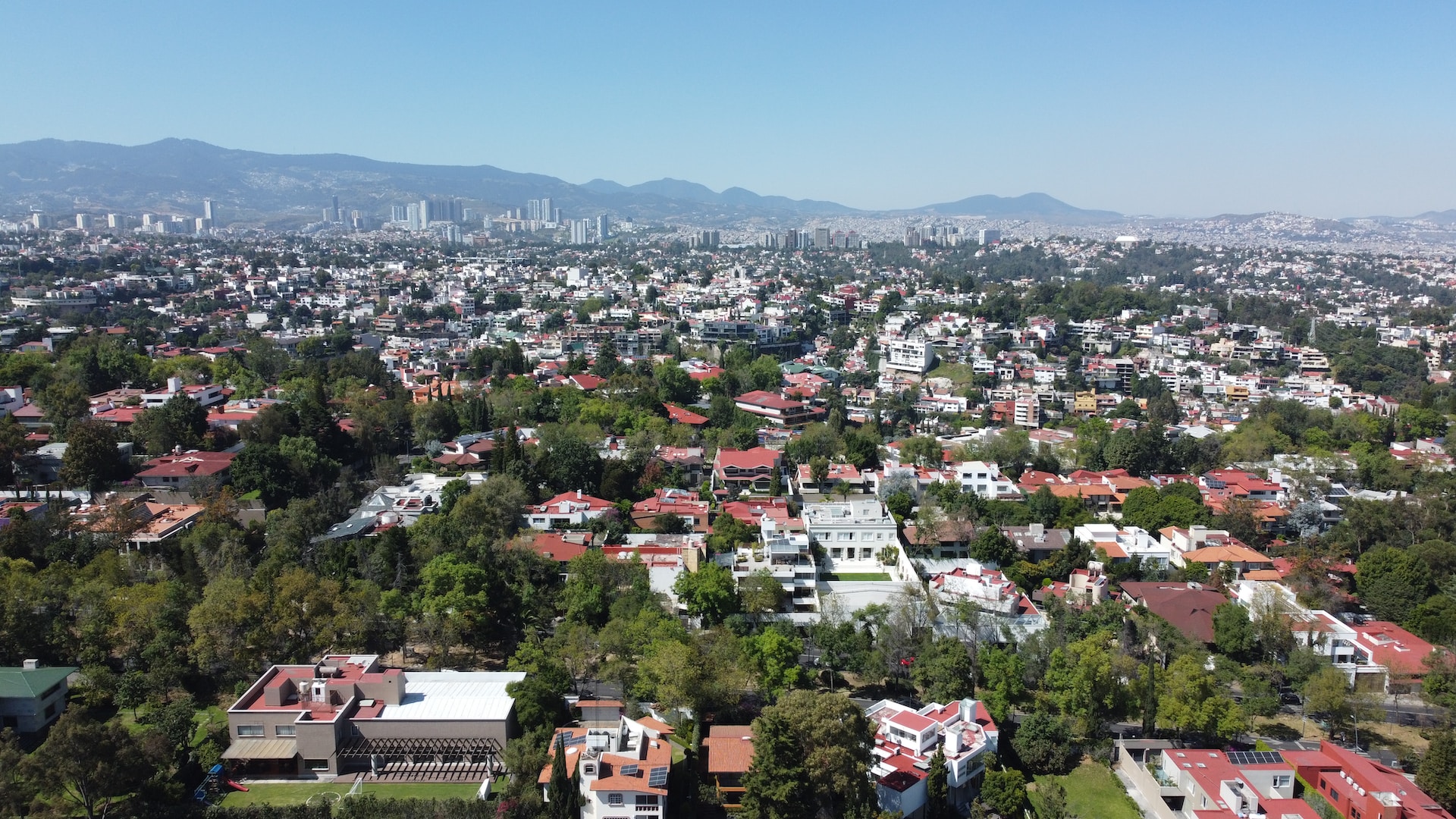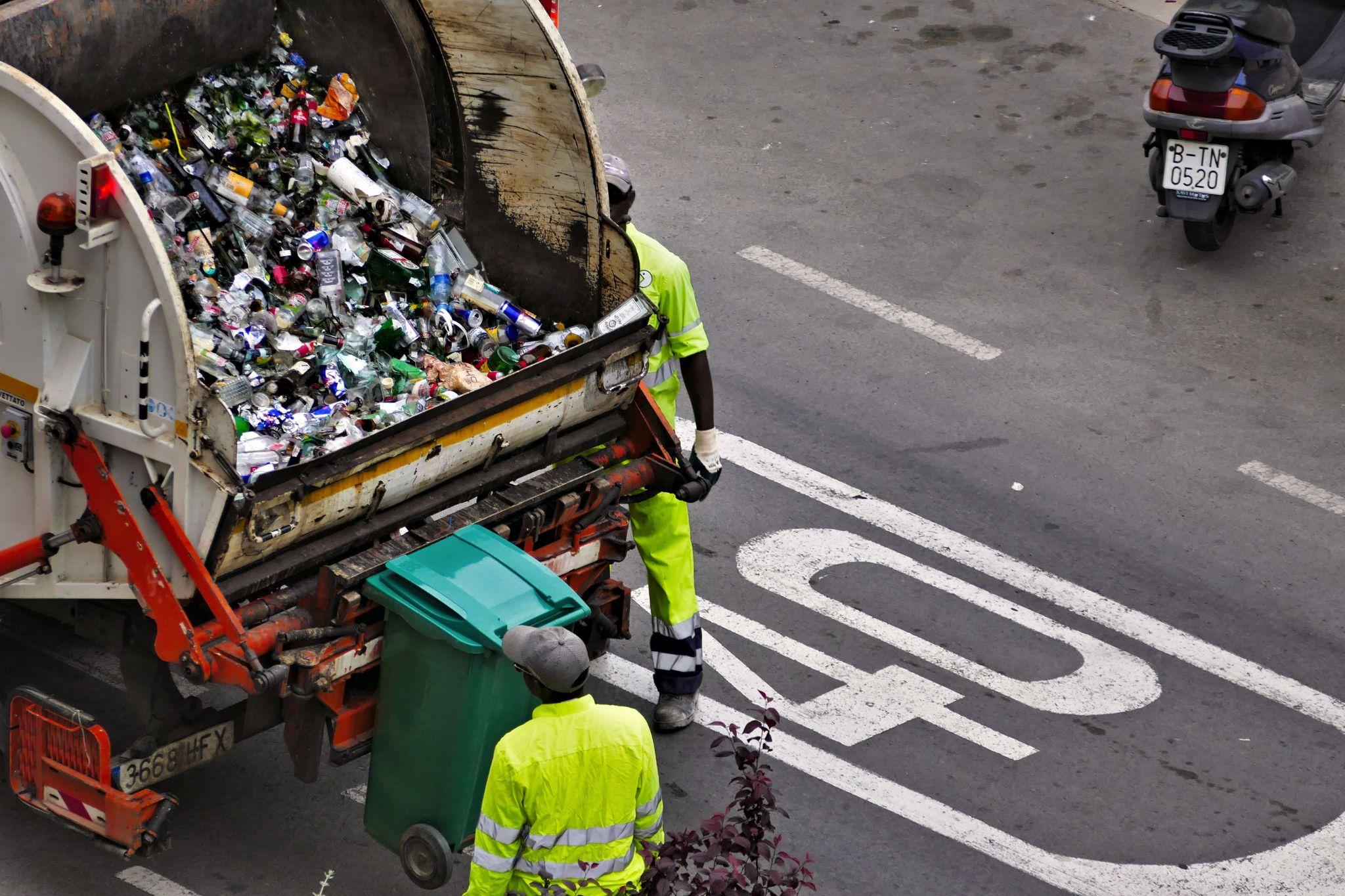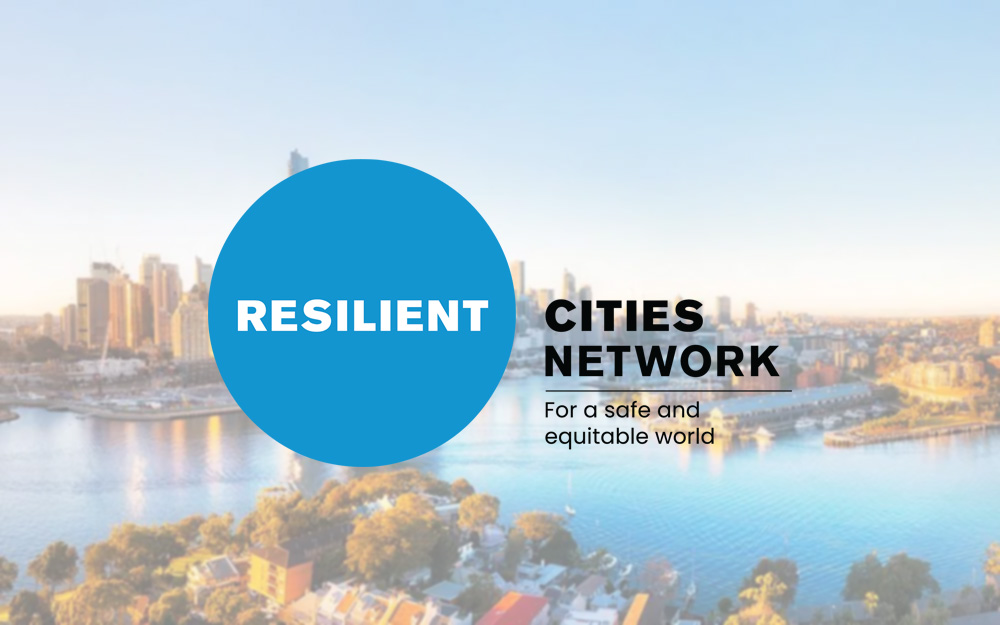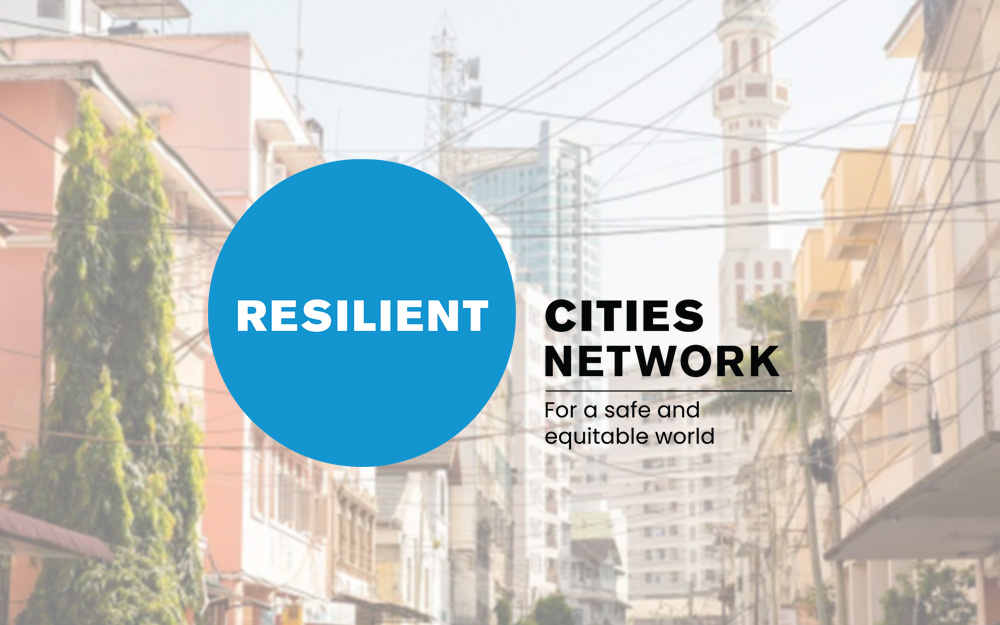Author | M. Martínez Euklidiadas
The electrification of vehicles is essential for environmental sustainability and acceptable air quality levels in urban environments. In these, Low Emission Zones are extending from the centre together with personal car free zones. The question is: are our power grids ready? Is enough power being generated?
Electric power vs. combustion
The type of energy used to move something matters. The ‘well-to-wheel’ efficiency, which measures the overall efficiency from when the resource (oil or electric fluid) is extracted until the vehicle moves, shows that using energy in cars is basically a waste. The best internal combustion engines have an efficiency of between 11% and 22%, and electric cars between 22% and 35%. Nearly all the energy is lost. In comparison, getting about on foot or by cycling is free.
Despite being cleaner, changing every internal combustion car for an electric one would involve increasing the electric generation demand, which is why experts insist that the only feasible form of mobility is drastically reducing the number of vehicles and the kilometers driven.
Car sharing to reduce the energy dependency
In the debate on electrification, there are also some questions regarding where the energy comes from to power electric vehicles. Depending on the energy mixes, these may have more emissions than internal combustion vehicles, particularly given the high manufacturing costs and the impact of materials.

Supposing it is impossible to use public transport or active mobility and that one has to use a car to get to a particular point, car sharing is a possibility for many workers who live close to one another. Those few kilometers from the home of one to the other, will result in notable energy savings each year thanks to the kilometers saved and will also offload the demand curve even if the vehicle is charged at high speed. According to the International Energy Agency, working from home should also be considered if it is feasible.
Low speed charging, the key to privately owned vehicle charging
If there is no other choice but for each person to own a vehicle, a conventional socket tends to be enough for daily commutes to work. These deliver between 10 A or 16 A at 230 V, i.e. between 23 kWh and 38 kW charging overnight for 10 hours. There also tends to be less demand at night and it is less likely to overload the grid.
And where can I charge my car?

The main issue with using electric cars is not having a place to charge the vehicle, which is also the most criticized aspect of the electric infrastructure. Many people do not own a garage or rent one, and they do not have a parking space at work. What can they do?
Some years ago the London city council came up with an ingenious solution: to install EV charging stations inside street lamp posts. The idea has been copied in Berlin and more cities plan to do so. The lamp posts are already connected to the power grid, and at low speed, we have seen how a car can be charged quite easily. And the battery lasts longer.
This solution solves, on the one hand, the problem of not having a charging point and, on the other, it prevents fast charging ports from being introduced, which are harmful to the battery and to the energy demand curve. It goes without saying that the aim is to electrify all the fleets while also drastically reducing them.
Images | Fré Sonneveld, TNMT, CHUTTERSNAP
